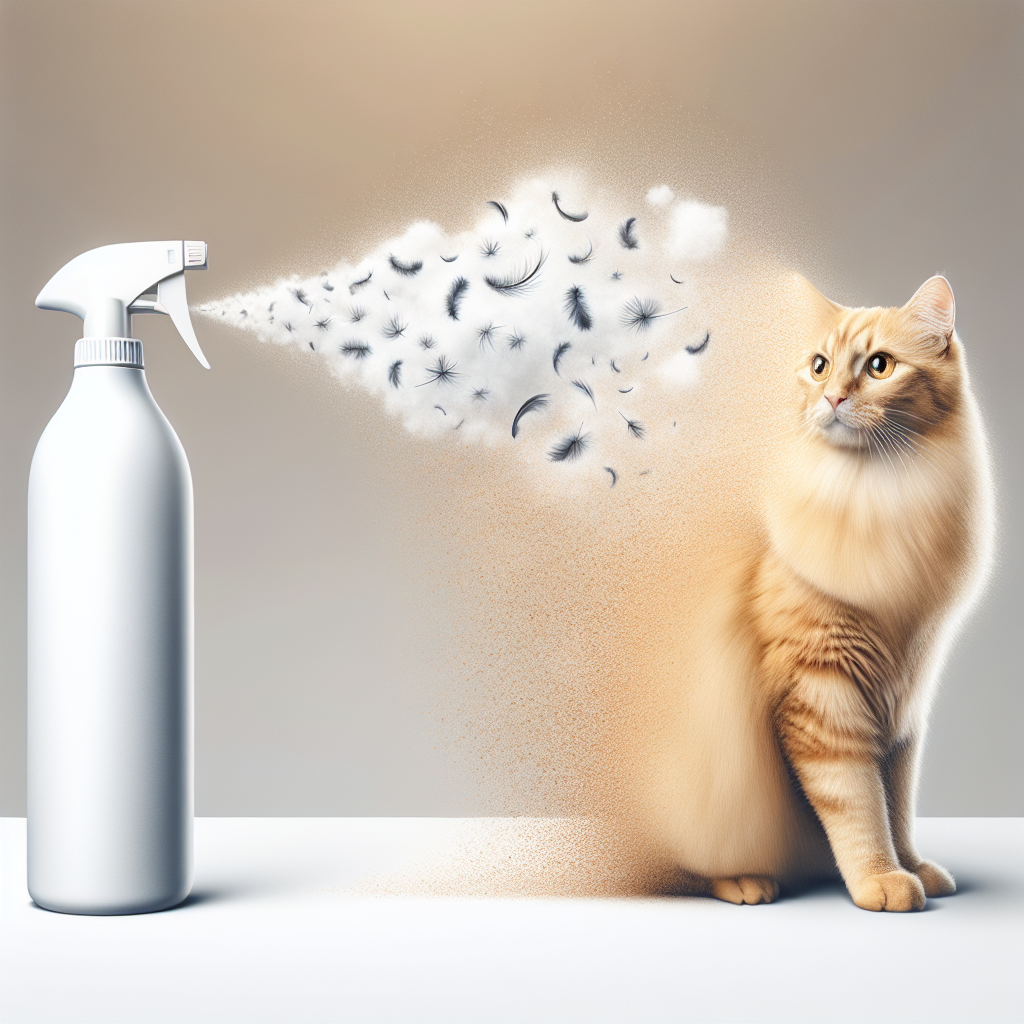
Cats are beloved companions for many people around the world, offering affection, companionship, and endless entertainment. However, despite their many charms, cats can also bring about a few challenges, one of the most common being cat dander. Cat dander consists of tiny, even microscopic, flecks of skin shed by cats and can be a significant allergen for many individuals. In this article, we’ll explore effective strategies to control cat dander, ensuring a more comfortable and healthier living environment for both you and your feline friend.
Understanding Cat Dander
Before diving into control strategies, it is essential to understand what cat dander is and why it poses a problem. Cat dander is a combination of tiny skin flakes and proteins found in the saliva, urine, and dander of cats. One of the primary proteins responsible for allergic reactions is Fel d 1, which can become airborne and settle on various surfaces in your home. As a result, managing cat dander is crucial not only for those who suffer from allergies but also for maintaining overall indoor air quality.
Regular Grooming
Brushing Your Cat
One of the most effective ways to manage cat dander is through regular grooming. Brushing your cat helps to remove loose fur and dander, reducing the amount that is released into the air. For long-haired breeds, daily brushing is recommended, while short-haired cats may only need brushing a few times a week. Use a high-quality brush or comb specifically designed for cats to ensure that the grooming process is as effective and comfortable as possible.
Bathing Your Cat
While cats are generally adept at grooming themselves, occasional baths can help reduce dander. Use a gentle, hypoallergenic cat shampoo to avoid irritating your cat’s skin. It’s important to note that not all cats are fans of water, so proceed with caution and patience. If bathing proves too stressful for your cat, using pet-friendly wipes can be an alternative for reducing dander.
Maintaining a Clean Home Environment
Frequent Cleaning
Keeping your home clean is crucial in controlling cat dander. Regularly vacuum carpets, rugs, and upholstery with a vacuum equipped with a HEPA filter, which can capture smaller particles like dander. For hard floors, use a damp mop to prevent the spread of allergens. Additionally, washing your cat’s bedding, toys, and any fabric they frequently come into contact with can help minimize dander buildup.
Air Purification
Investing in an air purifier with a HEPA filter can significantly reduce airborne dander in your home. These purifiers are designed to trap allergens, leading to improved air quality. Place the air purifier in the rooms where your cat spends the most time for optimal results.
Dust Control
Regular dusting can help keep dander levels in check. Use a damp cloth or microfiber duster to clean surfaces, as dry dusting can simply redistribute particles into the air. Pay special attention to areas where your cat frequently lounges or naps.
Diet and Nutrition
High-Quality Diet
Feeding your cat a balanced, high-quality diet can have a positive impact on their skin and coat health, potentially reducing dander production. Look for cat food that contains essential fatty acids, such as Omega-3 and Omega-6, which promote healthy skin. Consulting with your veterinarian can help you choose the best diet for your cat’s specific needs.
Hydration
Ensuring your cat remains well-hydrated is also crucial for skin health. Provide fresh water daily and consider incorporating wet food into their diet, which can aid in maintaining hydration.
Allergy Considerations
Managing Allergies
If you or someone in your household suffers from cat allergies, there are additional measures to consider. Over-the-counter antihistamines or allergy medications can help manage symptoms, but it’s advisable to consult with a healthcare professional for personalized advice.
Designated Cat-Free Zones
Creating cat-free zones in your home, such as bedrooms or personal spaces, can provide respite for allergy sufferers. Ensure these areas are kept clean and free from dander by using air purifiers and regularly washing linens.
Allergy Testing and Immunotherapy
If allergies persist despite efforts to control dander, consider allergy testing to determine the specific allergens causing reactions. In some cases, immunotherapy (allergy shots) may be recommended to gradually build tolerance to cat allergens.
Conclusion
Mastering cat dander control involves a combination of regular grooming, maintaining a clean environment, providing proper nutrition, and managing allergies effectively. By implementing these strategies, you can create a more harmonious living space for both you and your cat, ensuring that the joy of having a feline companion is not overshadowed by discomfort or health concerns. Remember, patience and consistency are key, and with a little effort, you can minimize the impact of cat dander in your home.
#ChatGPT assisted in the creation of this article.






